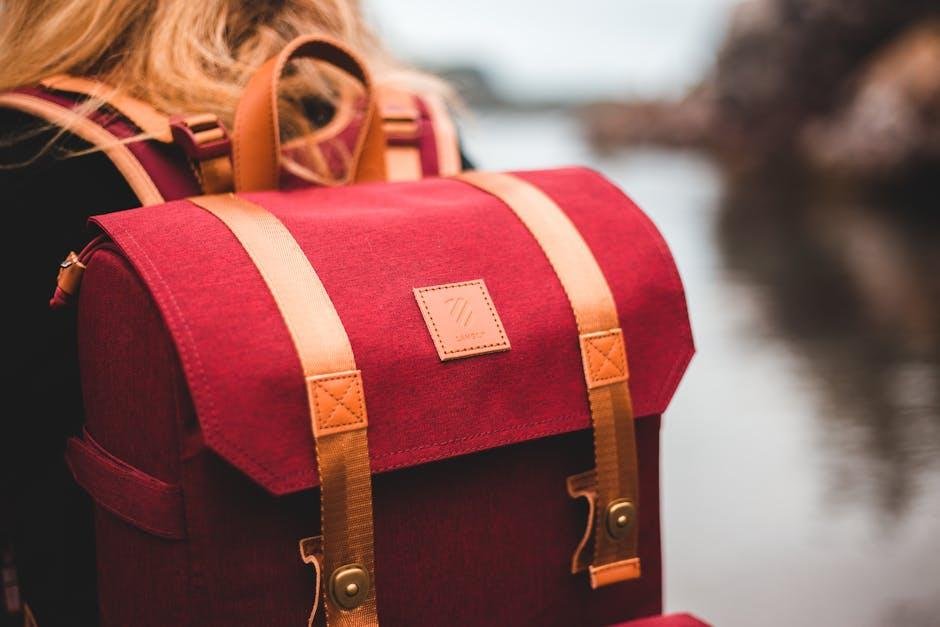as the chill of winter settles in and the days grow shorter, the art of dressing for cold climates becomes essential. The delicate balance between warmth and comfort often leads to the age-old question: how do we layer effectively without sacrificing style? In this article, we will explore practical yet stylish layering techniques that transform your winter wardrobe into a cozy and practical haven. From selecting the right base layers to mastering the top layer that completes your outfit, we will guide you through the essentials of layering for frigid temperatures. Embrace the cold with confidence and discover how to not just survive, but thrive, in winter’s embrace.
Mastering the Art of Base Layers for Ultimate Warmth
When it comes to braving the elements,the importance of base layers cannot be overstated. This unassuming foundation of your cold-weather wardrobe plays a crucial role in trapping warmth close to your body while wicking moisture away to keep you dry. Selecting the right materials is essential for optimal performance; consider fabrics such as:
- Merino Wool: Naturally insulating and breathable, reducing odor buildup.
- Synthetic Blends: Speedy-drying and moisture-wicking, perfect for high activity levels.
- Silk: Lightweight and surprisingly warm, ideal for layering.
Equally crucial is the fit of your base layer. A snug yet comfortable fit ensures that the garment works effectively to regulate your body temperature. Look for options that offer:
- Flat Seams: To minimize chafing during movement.
- Mesh Panels: Enhancing ventilation in areas prone to overheating.
- Thumbholes: For added coverage and a seamless underlayer experience.
Here’s a simple comparison table to help you choose the right base layer:
| Material | Warmth | Moisture Wicking | Odor Resistance |
|---|---|---|---|
| Merino Wool | High | Moderate | excellent |
| Synthetic Blends | Moderate | High | Good |
| Silk | Moderate | Low | good |

Choosing the Right Insulation for Peak comfort and mobility
When it comes to selecting insulation for cold climates, a few key factors can significantly enhance both comfort and mobility. Materials play a crucial role—look for options like down, synthetic fibers, or wool, which provide excellent thermal efficiency. Thickness is another point of consideration; while thicker insulation generally means warmer clothing, it can restrict movement. Therefore,aim for a balance where warmth does not come at the cost of functionality. An adjustable insulation layer can accommodate fluctuations in temperature as well as activity levels, ensuring that you remain comfortable regardless of how active you are.
Furthermore, consider the activity level and the surroundings you will encounter. For high-energy activities like skiing or hiking, lightweight, breathable insulation is key, as it allows excess heat to escape. In contrast, for low-energy activities in extremely cold areas, opting for heavier, more substantial insulation will provide the needed warmth. Additionally, layers should include features like mobility enhancements, such as articulated joints and stretchy materials, to ensure ease of movement. Choosing the right insulation not only enhances comfort but also allows for a full range of motion, which is essential in extreme climates.

Weatherproofing Your Outer Layer: Fabrics and Features to Consider
When braving the chill of cold climates,the outer layer of your outfit plays a crucial role in keeping you warm and dry.Look for fabrics that offer both insulation and weather resistance. Gore-tex,for example,is renowned for its ability to repel water while providing breathability,making it an ideal choice for outerwear. Other options include softshells made from a blend of polyester and spandex that combine stretch with wind resistance, and down-filled jackets that excel at retaining heat. Additionally,consider materials with a durable water repellent (DWR) coating that helps to shed moisture effectively and prevents the outer layer from becoming saturated.
Functionality is just as vital as fabric choice when selecting your outer layer. look for features that enhance usability in adverse weather conditions. Key aspects to consider include:
- adjustable Hoods: A hood that can be tightened to fit snugly can shield your face from biting winds.
- Ventilation Zippers: These allow you to release excess heat during intense activities, preventing overheating.
- Cuffs and Hems: Elastic cuffs and adjustable hems help seal in warmth and keep out the cold.
Furthermore, pockets are essential; consider those with flap or zip closures to secure your belongings against the elements. The table below outlines some popular fabric options and their specific features:
| Fabric | Water Resistance | Breathability | Insulation |
|---|---|---|---|
| Gore-Tex | Excellent | High | None |
| Softshell | Moderate | Good | Low |
| Down Fill | Poor | Low | High |
| Fleece Lining | Poor | High | Medium |

Accessorizing for Success: Essential Add-ons for Cold weather Layering
When it comes to cold weather layering,the right accessories can make all the difference in achieving both comfort and style. Scarves serve as an essential layer, not only providing warmth but also adding a touch of flair to your outfit. Opt for chunky knits or luxurious materials like cashmere for a sophisticated look. Another vital piece are gloves—go for fingerless options for practicality while maintaining dexterity,or choose mittens for maximum warmth. Additionally, consider hats that bridge functionality and fashion; beanies and trapper hats can keep your ears toasty while complementing your overall ensemble.
Other add-ons that can elevate your cold-weather look are thermal leggings and socks. Thermal leggings can fit snugly beneath your trousers, providing that extra layer of insulation without bulk. Pair them with woolen or heated socks to ensure your feet stay warm, particularly if you’re spending extended periods outdoors. Don’t forget to enhance your footwear with insulated boots designed for both comfort and grip, ensuring you stay stable on slick surfaces. Lastly, consider a stylish yet practical jacket liner that can be added beneath your outerwear for ultimate warmth, allowing for easy customization as the temperatures fluctuate.
In Retrospect
As we bid farewell to the explorative realm of layering for cold climates, remember that each layer is more than just a garment; it’s a safeguard against the biting chill and a canvas for your personal style. whether you’re dashing through the snow or enjoying a quiet winter hike, the right combination of fabrics can elevate your comfort and confidence.
Embrace the art of layering by playing with textures, colors, and lengths—allowing you to not only stay warm but also express your individuality amid the frosty backdrop. As you venture into the season’s embrace,carry these tips with you,and let the cold be merely a backdrop to your adventures. With the right layers, winter can be a canvas for exploration, style, and warmth. So, bundle up, step outside, and greet the cold with open arms and a well-prepared wardrobe!

